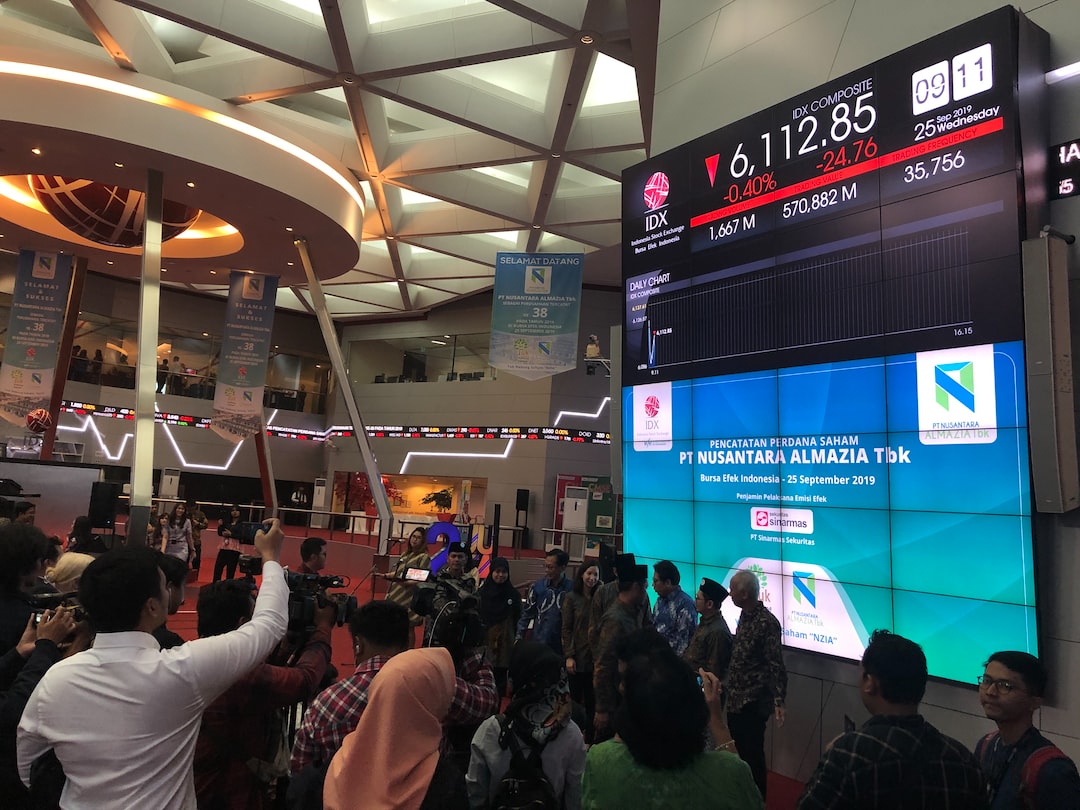Using Forex Live Charts to Identify Trends and Predict Market Movements
The foreign exchange market, commonly known as forex, is the largest and most liquid financial market in the world. With trillions of dollars traded daily, it offers numerous opportunities for investors and traders to profit. However, in order to be successful in forex trading, it is crucial to have a solid understanding of market trends and the ability to predict market movements. One powerful tool that can assist in this endeavor is forex live charts.
Forex live charts provide real-time data on currency pairs, displaying price movements and other relevant information. These charts are often used by traders to analyze market trends and make informed trading decisions. By studying these charts, traders can identify patterns and trends that can help them predict future price movements.
One of the most popular types of forex live charts is the candlestick chart. This type of chart displays the open, high, low, and close prices of a currency pair for a specific time period. Each candlestick represents a specific time frame, such as a minute, an hour, or a day. The color and shape of the candlestick provide valuable information about market sentiment and price action.
Candlestick patterns are one of the key tools traders use to analyze the market. These patterns can indicate potential trend reversals or continuations, allowing traders to make more accurate predictions. For example, a bullish candlestick pattern, such as a hammer or a bullish engulfing pattern, suggests that buyers are in control and that the price may continue to rise. On the other hand, a bearish candlestick pattern, such as a shooting star or a bearish engulfing pattern, indicates that sellers are dominating and that the price may decline.
Another important feature of forex live charts is the ability to overlay technical indicators. Technical indicators are mathematical calculations based on historical price data that can provide additional insights into market trends and potential reversals. Popular indicators include moving averages, relative strength index (RSI), and stochastic oscillator.
Moving averages are used to smooth out price fluctuations and identify the overall direction of the market. For example, a trader may use a 50-day moving average to determine the long-term trend and a 10-day moving average to identify short-term fluctuations. When the shorter-term moving average crosses above the longer-term moving average, it may signal a bullish trend reversal, while a crossover below may indicate a bearish reversal.
The RSI is a momentum oscillator that measures the speed and change of price movements. It ranges from 0 to 100 and is often used to determine overbought and oversold conditions. When the RSI is above 70, it suggests that the market is overbought and the price may soon reverse. Conversely, an RSI below 30 indicates oversold conditions and a potential price bounce.
The stochastic oscillator is another popular indicator used to identify overbought and oversold conditions. It compares the current closing price with the price range over a specific period. When the stochastic lines cross above 80, it suggests that the market is overbought and a reversal may occur. Conversely, a crossover below 20 indicates oversold conditions and a potential price bounce.
By combining candlestick patterns with technical indicators, traders can gain a deeper understanding of market trends and make more accurate predictions. However, it is important to note that no indicator or chart pattern is foolproof. Forex trading involves inherent risks, and it is essential to use proper risk management strategies and to always be aware of potential market volatility.
In conclusion, forex live charts are powerful tools that can assist traders in identifying trends and predicting market movements. By studying candlestick patterns and overlaying technical indicators, traders can gain valuable insights into market sentiment and price action. However, it is important to remember that forex trading is inherently risky, and traders should always use proper risk management strategies and conduct thorough analysis before making any trading decisions.





